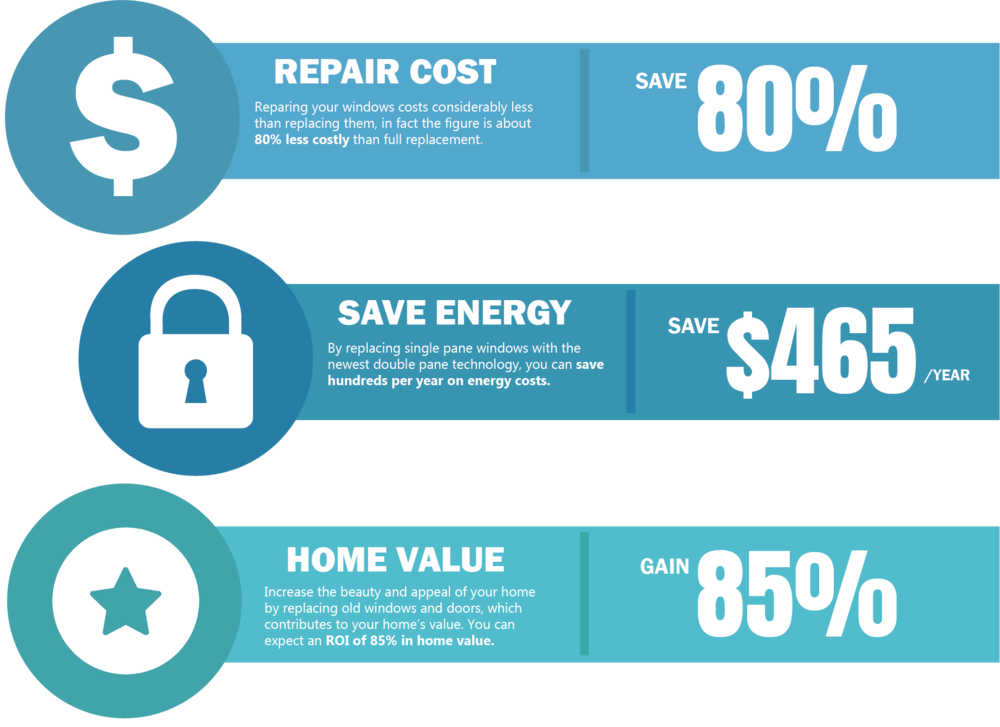Master The Crucial Pressure Cleaning Techniques Suited For Various Surface Types To Understand Outstanding Results-- Discover The Strategies That Lead To An Impressive Surface
Master The Crucial Pressure Cleaning Techniques Suited For Various Surface Types To Understand Outstanding Results-- Discover The Strategies That Lead To An Impressive Surface
Blog Article
Content Writer-Sahl Vincent
When it concerns pressure washing, the technique you pick can make all the difference in accomplishing a tidy, streak-free surface. You might find that hard surfaces, like concrete, require a various technique than softer materials, such as timber or plastic. It's necessary to adjust your methods to the surface area type to avoid damage while making best use of cleansing performance. So, what are the very best methods for each surface, and how can you ensure you're using the best setups and devices for the work? Let's discover what you need to recognize to get the best results.
Hard Surfaces
When it involves press cleaning difficult surface areas, preparation is vital. Before you even think about taking out the stress washer, make the effort to get rid of the area of any type of debris, furnishings, or obstacles. You do not desire anything entering your means or possibly damaging your tools.
Next, check the surface area for any kind of fractures or damages; this will certainly assist you determine the ideal method and stress setups.
When related website have actually prepared the area, it's important to select the appropriate nozzle. For tough surface areas like concrete or block, a slim nozzle (15 or 25 degrees) functions best to give a focused stream of water that can effectively eliminate gunk and spots. Constantly begin at a distance and progressively move closer to stay clear of any surface area damage.
As you begin washing, maintain the wand relocating to stop touches and over-saturation. It's likewise handy to work from the top down, allowing dust and debris to wash away normally.
Ultimately, keep in mind to wash the surface area extensively after cleansing to eliminate any remaining cleaning agent. With these methods, you'll achieve a tidy and refreshed appearance on all your tough surface areas.
Soft Surfaces
Stress cleaning soft surface areas needs a gentler approach to shield them from damages. Whether you're cleansing your deck, outdoor patio furniture, or house siding, using too much pressure can bring about dents, scrapes, or perhaps irreversible damage.
Begin by choosing a low-pressure nozzle, ideally a 25-degree or larger spray pattern, to spread the water more delicately.
Before you begin, it's crucial to pre-treat any discolorations with an ideal cleaning option. This step permits the cleaner to pass through the dust and crud, making it much easier to wash away without rubbing also hard.
Constantly apply the option from all-time low up to stop streaking.
When you start pressure washing, keep a range of a minimum of 12 to 18 inches from the surface. Relocate your wand in a sweeping movement, keeping it parallel to the surface to avoid concentrated stress on one place.
Wash the area extensively after cleaning up to remove any recurring cleanser.
Lastly, inspect the surface area for any kind of missed out on places and repeat the procedure if necessary. By adhering to these steps, you can successfully clean soft surfaces while preserving their stability and look.
Specialized Surfaces
Cleaning up soft surfaces calls for care, but specialized surface areas require much more focus to information. When click for more info deal with these surfaces, like fragile timber, tarnished concrete, or certain kinds of siding, using the appropriate pressure washing strategies is crucial to stay clear of damage.
Initially, analyze the material. For instance, treated wood can commonly endure modest stress, but softer timbers like cedar may need a lower setting. Constantly start with the most affordable stress and gradually raise if necessary.
For tarnished concrete, use a follower spray nozzle and keep a regular distance to stop etching the surface area.
When dealing with surface areas like vinyl siding or painted surfaces, a broad spray pattern helps disperse the stress uniformly, securing the coating.
It's likewise wise to make use of detergents specifically developed for specialty surface areas. They can boost cleansing without compromising the product.
Wash completely after washing to eliminate any kind of residue, as it can bring about discoloration or deterioration over time.
Verdict
To conclude, mastering stress washing techniques for different surfaces can make all the difference in your cleansing outcomes. For please click the next webpage , stick to narrow nozzles and a top-to-bottom approach, while soft surface areas require a gentler touch with wider nozzles. Do not neglect to pre- https://corporate-cleaning32086.yomoblog.com/39010282/maintaining-clean-windows-is-important-for-your-home-s-appeal-and-long-life-figure-out-how-specialist-solutions-can-change-your-room-today and wash completely to prevent deposit. By adapting your methods to every product, you'll not only accomplish a cleaner surface but likewise shield the stability of your surfaces. Pleased cleansing!
